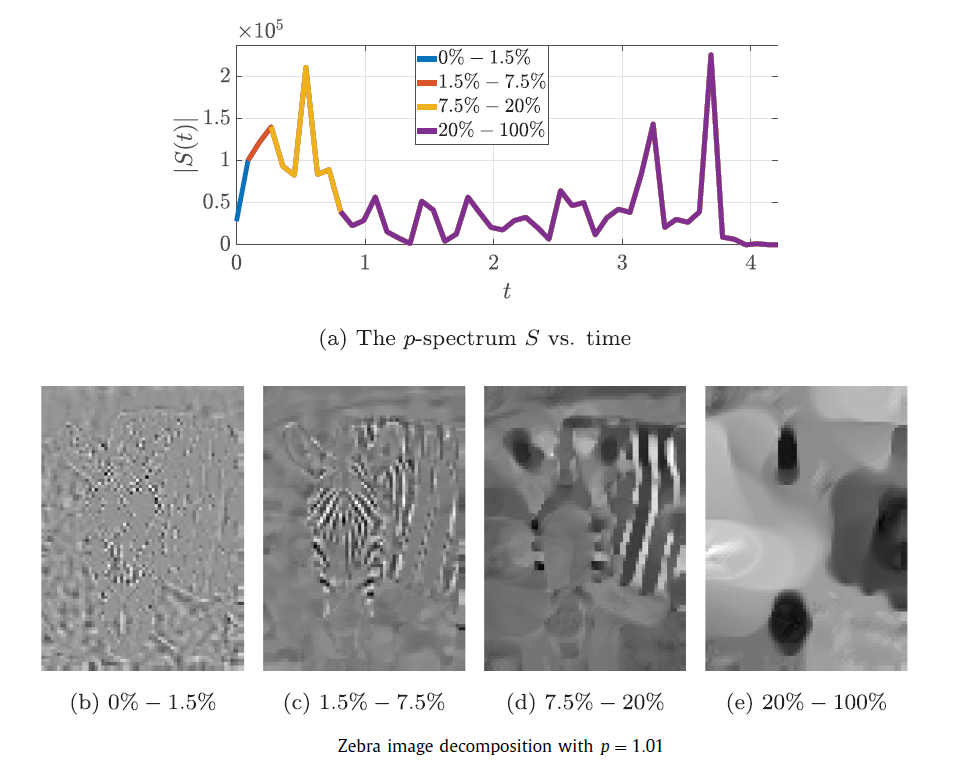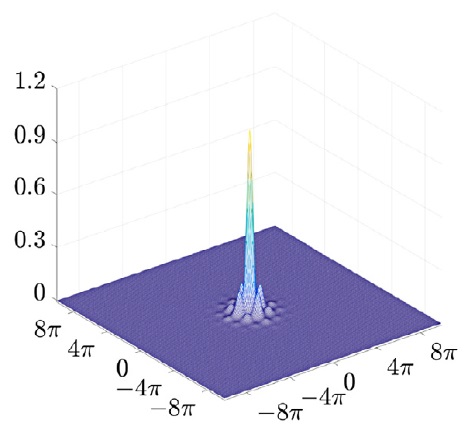In this thesis we propose a control and guidance system for the autonomous execution of agile flight maneuvers, similar to those performed by a combat pilot and which utilize the entire lift capabilities of the aircraft while taking into account their limitations. This work has been motivated by applications to combat flight simulators, but is also relevant to physical autonomous aircraft.
This work is divided into two parts: a control system and a guidance system. The role of the control system is to follow the flight commands that are determined by the guidance system. The role of the guidance system is to choose the appropriate maneuver according the relative position with respect to the opponent aircraft.
Such a system can be used for two purposes: The first is the implementation for unmanned aircrafts. The second is training combat pilots using a flight simulator, which simulates an air combat with a virtual enemy aircraft.
This work is divided into two parts: (1) A control system for following the characteristics we chose as describers of maneuvers, normal acceleration, angular velocity and the number of G. (2) A guidance system which implements some guidance laws that are relevant to air combat. We provide below a short description of each part.
- Control System: The control system we designed controls the velocity of the aircraft and angular velocities of the heading and elevation angle. This system using a feedforward-feedback structure which is calculated by using the inverse model of a simplified (3DOF) model or the aircraft. Control variables of this design model are the angle of attack, bank angle and thrust. The controlled variables are acceleration, rate of change of heading angle and elevation angle.
- Guidance system: The role of the guidance system is to generate combat-like maneuvers that arise during an air combat situation. In this part we have developed a repertoire of basic maneuvers with the characteristics mentioned above and guidance laws which imitate actions or mirror actions during the combat. The purpose of these laws is to lower the relative advantage of the enemy and increase the relative advantage of the guided aircraft.
The control method has been demonstrated on a full simulation model (6DOF) of an F-16 aircraft. The guidance laws have been tested in two-dimensional scenarios, and compared with some standard guidance laws that are borrowed from the area of missile guidance using the control loops noted above.









